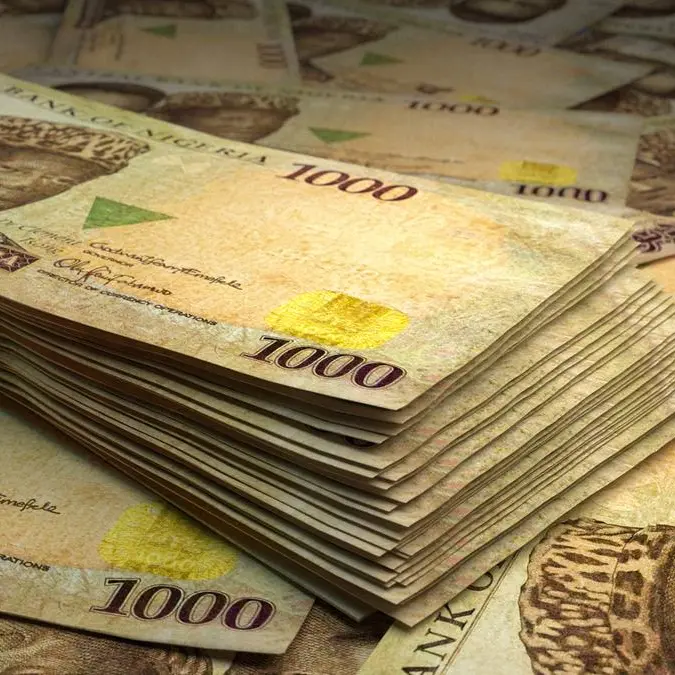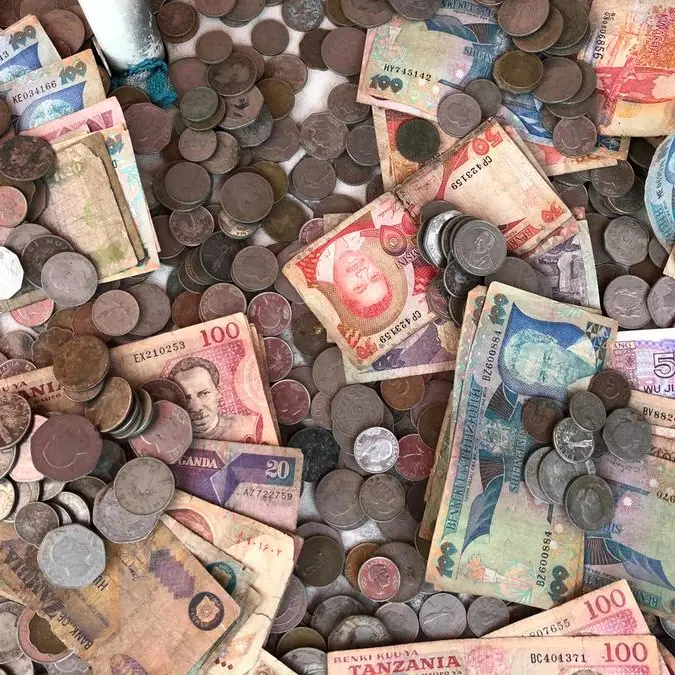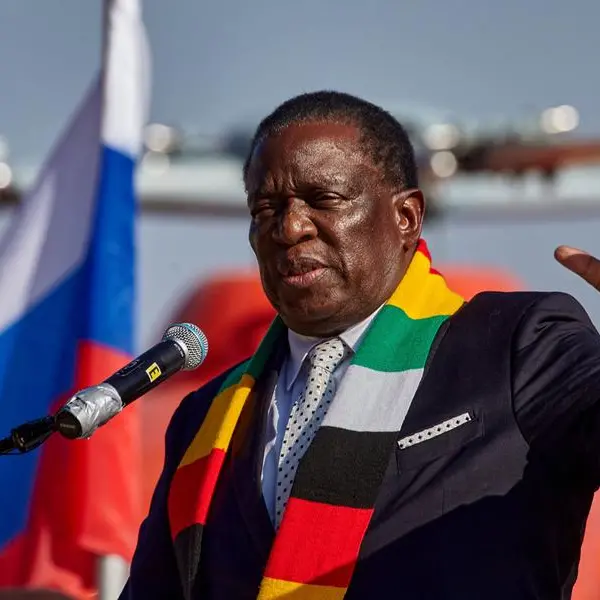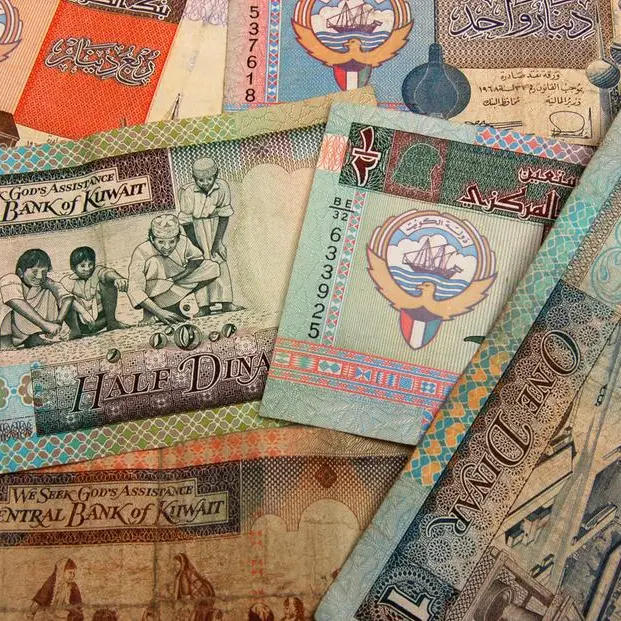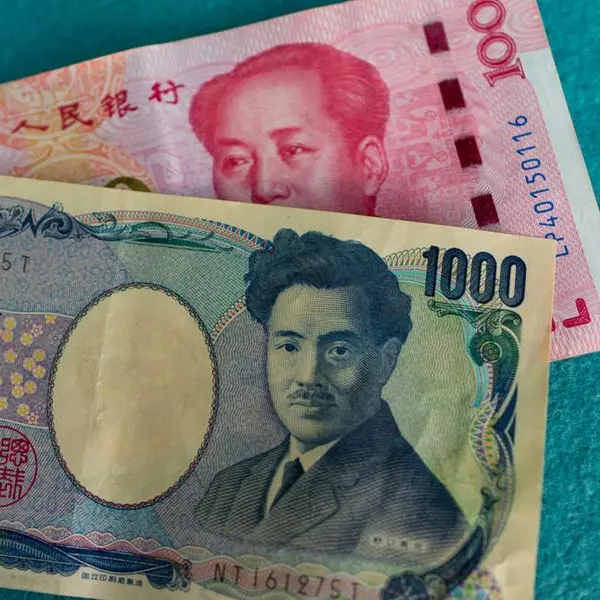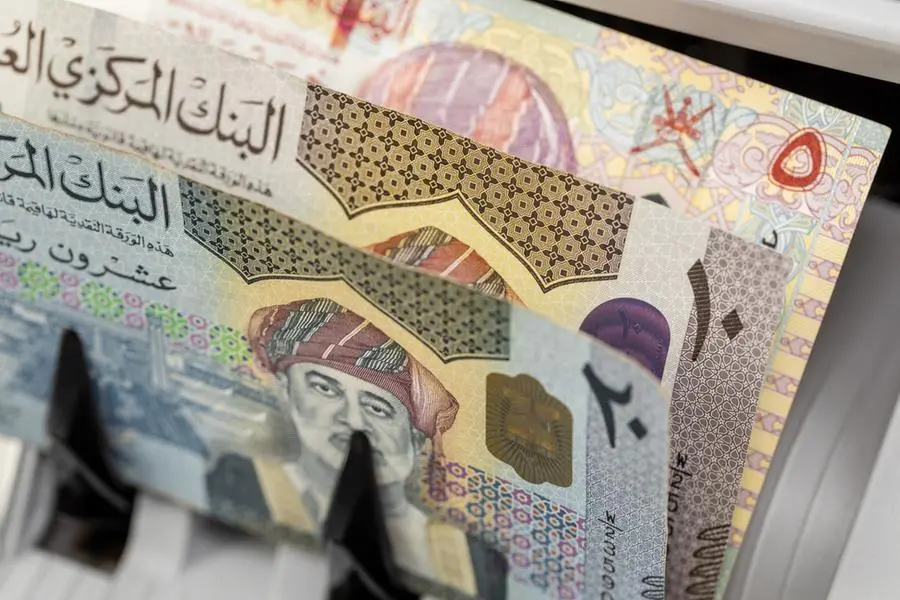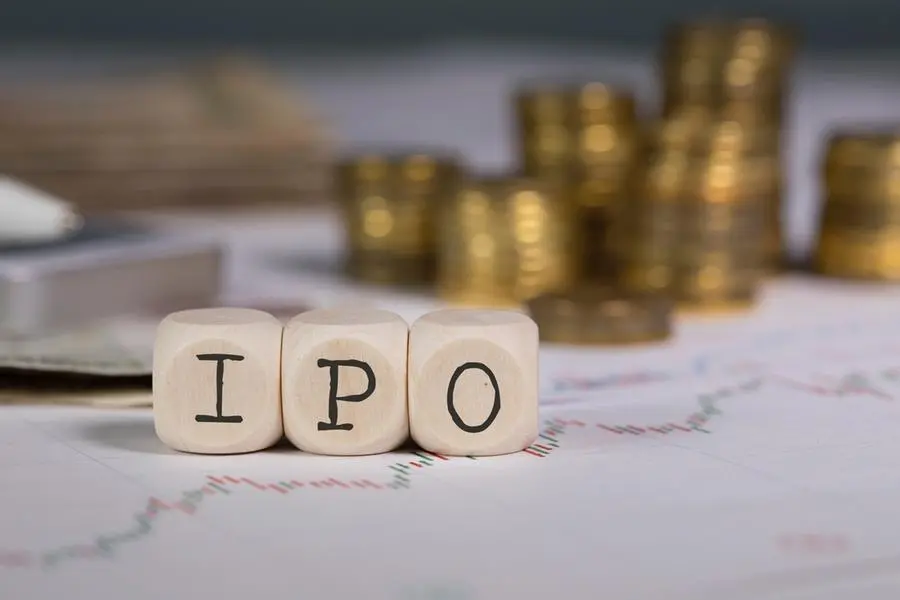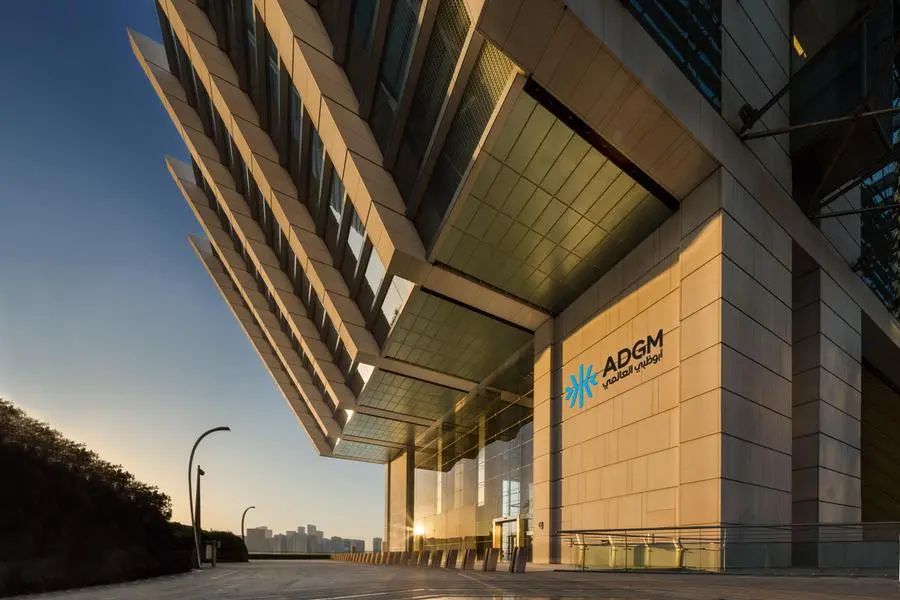PHOTO
Businessman clicks inscription bonds. Getty Images Image used for illustrative purpose.
Demand for sub-Saharan credit has already been seen at the sovereign level this year, with Ivory Coast, Benin, Kenya, Senegal and Cameroon having tapped international investors for funding. Market participants now see opportunities for non-sovereign borrowers.
Pan-African lender Ecobank Transnational was the most recent credit to engage investors. In July, the financial company met fund managers to update them on its performance, having not issued internationally for three years.
Ecobank isn’t the only credit from sub-Saharan Africa to return to the primary market. Helios Towers, which operates across Africa and the Middle East, raised US$850m in May through a 7.50% five-year non-call two-year senior unsecured financing. Before that, non-sovereign international issuance out of Africa had been dormant for over a year.
Issuance had been hampered by higher yields and wider spreads, and for many issuers there were no near-term refinancings forcing them to come to market.
The dearth of issuance has increased demand from investors. Not only would supply from African banks and corporates provide an opportunity to diversify portfolios, typically these borrowers issue at high yields relative to what else is available in emerging markets, which has translated into demand for outstanding paper.
“We’ve certainly seen a good bid for African corporate credit over recent months,” a trader said. “A lot of these names have been trading very well.”
It looks as though inaugural issuance is on the cards. Several sources said at least one African telecoms company met UK-based fixed-income investors earlier this year.
Two candidates have been suggested – pan-African mobile network operator Africell, which has a footprint in Angola, Gambia, Democratic Republic of Congo and Sierra Leone; and Telecel Group, which operates mobile networks in Central Africa and Ghana. Telecel acquired assets from African telecoms group MTN earlier this year.
Vivo Energy has also been put forward as a potential issuer. Vivo, which is owned by commodities trader Vitol, said in May it plans to invest more than US$550m in its South Africa operations over the next five years. The company has one bond outstanding, a US$350m 5.125% September 2027 that was bid on Tuesday at 7.04%.
UK-based Tullow Oil, which operates across Africa and South America, has US$492.5m 7% notes due in March that will need refinancing.
Timing, liquidity and EM flows
With volatility expected to pick up around the US presidential election in November, the end of 2024 will be a tricky period for potential borrowers.
“I assume we will most likely see volatility reemerging after the summer break since the hot phase of the US election campaign will kick in,” said Sergey Dergachev, a portfolio manager at Union Investment.
“There is also the question of whether you are happy to issue at, let’s say 10%, 11% or 12%, or whether it will be cheaper to get loans instead, which might be an option for many potential African issuers.”
Liquidity is another issue that affects investor demand and pricing of sub-Saharan African paper. Even within emerging markets credit, which is no stranger to illiquid instruments, these bank and corporate bonds stick out as being particularly difficult to trade.
“We are seeing that over time, liquidity in issued EM corporate bonds is becoming thinner, but for African corporate bonds as it was in the past, the liquidity situation is more challenging since fewer banks are providing pricing versus other regions, and in cases of risk-off sentiment you feel almost zero liquidity in these credits,” said Dergachev.
But there are international investors specialised in this type of credit, as well as local fund managers who will participate in some financings. “I don’t think the lack of liquidity is the be all and end all, though it does put some people off,” the first trader said. “There are plenty of funds that will look at this stuff, take a view and be happy to hold it.”
An increase in the overall amount of cash being allocated to emerging markets corporates by international investors would likely go someway to easing concerns about liquidity. Demand for more esoteric credits is linked closely to flows into the emerging markets asset class.
On that front, it looks as though the sector might be in luck.
Asset managers have received a rush of requests for proposals from potential clients, largely pension funds, that are considering allocating more capital to emerging market debt, potentially heralding a major reversal in fortunes after EM fixed-income funds that suffered outflows for much of 2023.
The RFPs have been across all segments of EM credit – sovereigns, corporates, IG only, high-yield, hard currency and local currency.
Source: IFR

